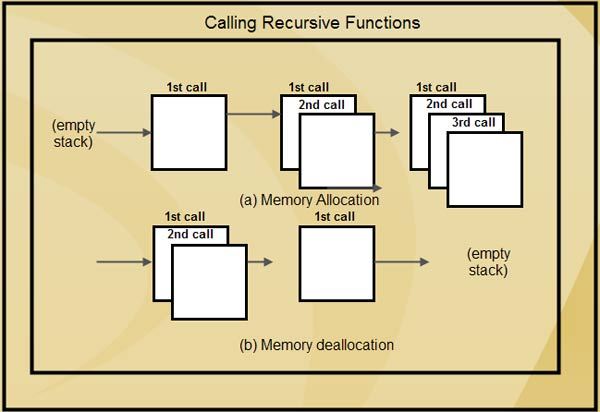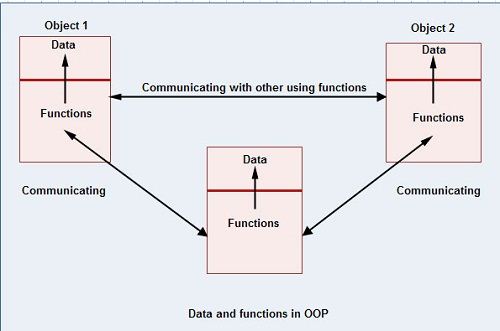1) Call by Value:-when we call a Function and if a function can accept the Arguments from the Called Function, Then we must have to Supply some Arguments to the Function. So that the Arguments those are passed to that function just contains the values from the variables but not an Actual Address of the variable.
So that generally when we call a Function then we will just pass the variables or the Arguments and we doesn’t Pass the Address of Variables , So that the function will never effects on the Values or on the variables. So Call by value is just the Concept in which you must have to Remember that the values those are Passed to the Functions will never effect the Actual Values those are Stored into the variables.
2) Call By Reference :-When a function is called by the reference then the values those are passed in the calling functions are affected when they are passed by Reference Means they change their value when they passed by the References. In the Call by Reference we pass the Address of the variables whose Arguments are also Send. So that when we use the Reference then, we pass the Address the Variables.
When we pass the Address of variables to the Arguments then a Function may effect on the Variables. Means When a Function will Change the Values then the values of Variables gets Automatically Changed. And When a Function performs Some Operation on the Passed values, then this will also effect on the Actual Values.



